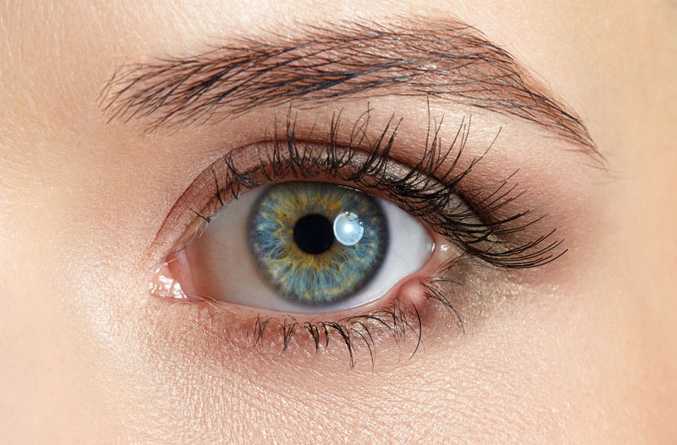A stye, sty, or hordeolum is a pimple-like red bump that appears on the outside edge of your eyelids. Your eyelashes and eyelids have numerous tiny oil glands. Sometimes, dirt, dead skin, or oil buildup may block or clog these tiny holes. A stye may develop on a blocked gland because of bacterial overgrowth inside the gland.
Common Symptoms for the Stye
Primary symptoms of a stye include pain, swelling, soreness, itchiness, increased tear production and formation of a crust around the infected eyelid. A painful stye may turn into a chalazion. Treatments for both are alike, but a chalazion requires more time and attention to heal.
How Long it Lasts?
Usually it lasts for 2-10 Days.
How to Heal a Stye
You can speed up the healing of the stye by the following eight methods:
Using a warm compress
It is an effective mode of treating a stye. The warmth of the compress allows the pus to come to the surface, dissolves it, and naturally drains the stye. You can make a warm compress by simply using a clean washcloth and dipping it in warm water. Wring the cloth to make it damp but not dripping. Place it gently over the infected eye for about 5-10 minutes. Repeat the process 3-4 times a day.
Using a mild soap and water to clean the eyelid
You can use mild, tear-free baby shampoo and some warm water to gently wipe off the infected eyelids with a cotton swab. You can also use a clean washcloth instead. Repeat every day until effective relief. You can also use a saline solution instead of shampoo. The saline solution helps in breaking down the bacterial membrane to drain out the stye.
Using a tea bag
You can use a warm tea bag in place of a cloth compress. Black tea has antibacterial properties and works effectively in reducing the swelling. Keep the teabag over the eye for about 5-10 minutes.
Taking over-the-counter painkillers
Over-the-counter drugs like ibuprofen and acetaminophen (Tylenol) can help ease the pain. However, you must read the instructions for the correct dosage before taking the pills. In case of severe pain, it is advisable to visit your doctor.
Avoiding makeup and contact lenses
Wearing makeup on an infected eye may increase irritability thereby delaying the healing process. Plus, there are chances of transferring bacteria and further spreading the infection to the other eye. Again, you risk spreading the infection when you use contact lenses. It is advisable to replace contact lenses with glasses until your eye heals.
Using antibiotic ointments
Over-the-counter stye ointments may help ease the condition. Avoid using topical steroids as they may cause side effects.
Massaging the infected area
Massage may help promote drainage of the stye. You need to gently massage the infected area with clean hands for a while.
Getting Medical Treatment
Your doctor can inspect your condition and prescribe an antibiotic ointment for infections. Your doctor may also advise steroid shots to reduce inflammation and swelling. In case, your stye affects your vision or located internally inside the eyelids, the doctor needs to professionally drain the stye.
Preventing Recurring Infection of the Stye
Remember not to touch, pop, or squeeze a stye as it may release pus and risk spreading the infection. Styes are not contagious and do not spread directly. However, local inflammation and irritation may spread through casual contact. Further, bacterial infection and the release of pus may cause other skin breakouts. Once healed, you can prevent styes from recurring by:
- Washing your hands with water and soap before you touch your eyes.
- Cleaning your eyelids with a Q-tip. Dip the Q-tip in mild soap and warm water before using over your eyelids.
- Removing eye makeup every time before sleep.
- Avoiding to share towels with an infected person.
Normally, the swelling in your stye may last for about three days. Eventually, the stye will break open and drain. Further, simple home remedies can help in completely healing the stye in around 7-10 days.
Styes can be extremely irritating and painful at times. If they appear to be a serious medical issue, you should immediately consult a doctor.
It is also important to seek a doctor’s advice if your styes are reappearing. Recurring styes are often caused by other underlying conditions such as conjunctivitis, cellulitis, or blepharitis.


